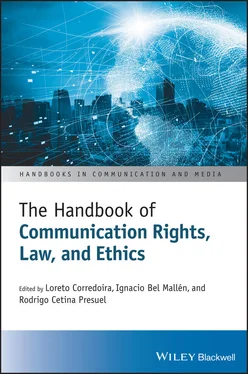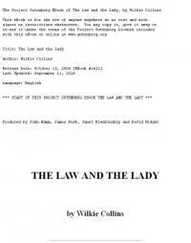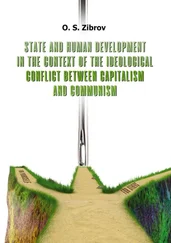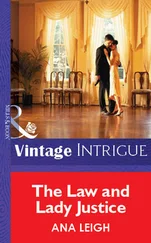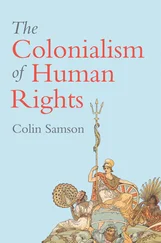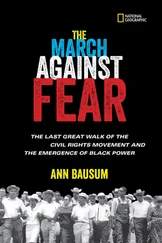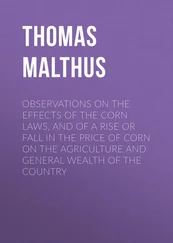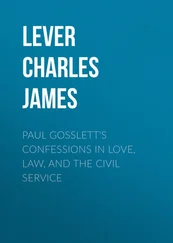The Catalan example underscores this question: in the next decades, if information warfare and propaganda expand, what control will the home state demand in terms of management of the information space? We may, in fact, be in for a period of information mercantilism. In a period of populism, some political leaders emphasize control of immigration as a necessary element of statehood. And, similarly there is a populist turn in control of the export and import of goods. States, asserting sovereignty, will use borders to restrict, even more than now, the flow of ideas. States, particularly authoritarian states, act to immunize their populations from what they consider destabilizing ideas and advocacy.
The confluence of these issues is explored in the contributions gathered by the editors to this volume. That is as it should be: we seek general and universal meanings for “freedom,” but realize it also has a specific meaning in each specific market. Yoani Sánchez turned simple flash drives into technologies of freedom to enable thousands of Cubans to read or watch what would otherwise be unavailable. In this volume, Ignacio Bel Mallén examines the different meanings of such freedom, and in its different aspects, also contributing a chapter on the relationship with communication rights and messages. Joan Barata and Lorenzo Cotino Hueso examine expression not only as a freedom, but as a right that includes duties and obligations. One more example of the relation of law and technology to freedom that is extensively discussed. Many “sellers” or advocates in these markets rely on the important principles in Article 19 of the International Covenant on Civil and Political Rights. Rodrigo Cetina Presuel, Erik Ugland, and Leopoldo Abad Alcalá, examine what the universality of such a right means today, particularly in the context of current technological developments, while others like Chris Demaske, analyze what common ground exists for the justifications for its limitations, particularly in relation to hate speech, while others like German Teruel Lozano analyze limits related to historical denialism. José Martínez Soria, in turn, explores limitations related to data protection while Krystie Byrum explores the tensions between the right to be forgotten and collective memory online.
The right to receive and impart information is applicable explicitly, regardless of frontiers, i.e., state boundaries. This aspect of communication rights, along with the importance of its universality, is examined by Loreto Corredoira in the opening chapters of this work, and that serves as the framework from which academics from various continents examine more specific topics around flows on information and the rights that enable them. Javier Gomá Lanzón, in turn, analyzes their relationship to human dignity and Rolando Guevara-Martínez approaches communication rights, and these concepts, through the lens of the most important Latin American authors.
I cannot finish this preface without also mentioning the contributions made by other authors in this volume to explore all of these questions, and others related to communication rights: emerging online threats and emerging international standards to face them and the evolving landscape of communication law in relation to journalism, media regulation, or elections. Justino Sinova explores objectivity and truth, while Isabel Serrano Maíllo concerns herself with the rights of minors and Divina Frau-Meigs analyzes the implications of disinformation for ethics and Fernando Gutiérrez Atala explores the professional realities of journalism in our rapidly changing, ever-evolving world. Other authors like Muira Nicolette McCammon and Pedro Anguita R. explore emerging online threats and explore them from points of view at the intersection of law and ethics while Maria José Canel uses the same framework to explore public communication and sustainability within the context of post-truth. Jane Johnston and Anne Wallace contribute a study on WikiLeaks and what these and other media disorders, mean for the future of journalism while Mariza Zapata Vásquez analyzes journalism driven by online metrics. Grace Leung and Richard Wu describe current challenges in media regulation and media freedom in Hong Kong and Rafael Rubio explores the emerging international standards for regulating political communication and electoral campaigns. Finally, Marisa Aguirre Nieto and Ignacio Bel Mallén provide an epilogue in which they highlight the important and complementary connection between Communication Law and Ethics and why they should be studied together.
I conclude here, as I did in a keynote in Madrid, by drawing on Picasso’s monumental Guernica , perhaps the most famous and powerful paintings of the twentieth century: It was painted by the artist in response to the bombing and near annihilation in 1937 of a small Spanish town in the Basque country. The bombing, by the Nazis, was authorized by Franco for a testing of German technology for aerial warfare. This painting as a meditation on anxiety in the face of the brutal technologies being unleashed. But it is also about strategic narratives and creative modes of affecting the range of influences in a market for loyalties. For me, the painting captures the desperate unease with onrushing technology and its potential to crush the human spirit. It is about the power of creativity in resistance. The durability of the image is a reflection on the artist’s contribution to strategic narrative.
We are at a different moment of a different onrushing technology in a differently uncertain world. Guernica could be a metaphor for our efforts as scholars and citizens, or citizen scholars: sounding an alarm, reaching beyond the ordinary, absorbing and reflecting the perils of dangerously collapsing norms. In the search for technologies of freedom, there is a need to help a wounded society cope with dramatic and bewildering change.
1 1Monroev Price is Professor Emeritus at the Annenberg School of Communications, University of Pennsylvania and at the Cardozo School of Law, Yeshiva University in New York.
2 2See Pool, Ithiel de Sola. (1984). Technologies of Freedom. London: Harvard University Press.
Rodrigo Cetina Presuel and, Loreto Corredoira
The year 2018 marked the 70th anniversary of the proclamation of the Universal Declaration of Human Rights (UDHR). Article 19 of this document could not be more relevant today: “Everyone has the right to freedom of opinion and expression; this right includes freedom to hold opinions without interference and to seek, receive and impart information and ideas through any media and regardless of frontiers.”
Using the declaration as a framework, this volume explores the relationship between the legal and ethical dimensions of communication from a variety of perspectives. In particular, this work concerns itself with exploring contemporary interpretations of communication rights through a complex understanding of freedom of expression and its different aspects, taking into account the freedom to seek, impart, and receive information and ideas as well as the inherent responsibilities tied to the exercise of these rights in democratic societies. This is explored through examinations of the universality of communication rights, their relationship with human dignity, their importance for free societies but tied to understandings that conceptualize them beyond this freedom aspect and dig into both their legal and ethical obligations as well as their role in promoting equality among peoples.
In this handbook, academics and researchers, seasoned and young, examine questions related to communication rights in general as well as to communication law and ethics in particular. The volume contains works that analyze what the essential and universal elements of communication rights are and where their limits lie, what freedoms and duties they entail and how they shape the role of both citizens – as individuals and as a collective – and the press – as individuals, collectives and a democratic institution – in contemporary societies.
Читать дальше
